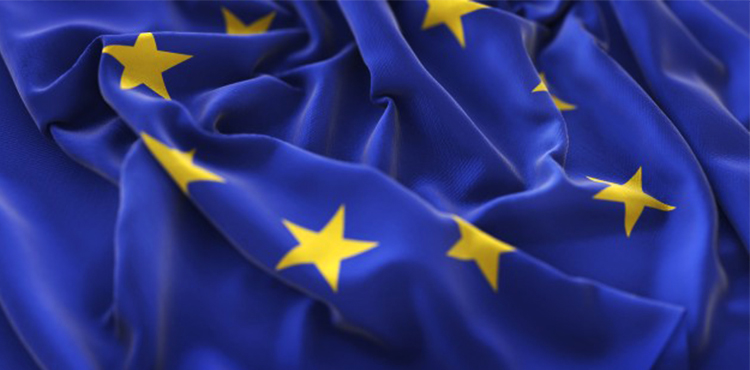The manufacturing downturn in the euro area is lessening as supply-chain snarls abate and inflation decreases, suggesting the bloc’s economic crisis will be milder than previously expected.
In December, S&P Global’s flash Purchasing Managers Index increased more than expected to 48.8. While maintaining below the 50-point threshold that distinguishes expansion from contraction, the rate of contraction in business activity slowed for the second month in a row.
“While the further fall in business activity in December signals a strong possibility of recession, the survey also hints that any downturn will be milder than thought likely a few months ago,” S&P Global Market Intelligence chief business economist Chris Williamson said.
According to Williamson, the 19-country bloc’s GDP is expected to fall by “slightly less than 0.2%” this quarter, with signs that the rate of contraction may moderate further in the subsequent three-month period. The prior survey indicated a dip of slightly more than 0.2%.
Christine Lagarde, head of the European Central Bank, said on Thursday that the region may endure a “short-lived and mild” recession this quarter and next, but she nevertheless vowed additional interest rate hikes following the last half-point increase. Despite the ongoing energy crisis, Europe’s outlook has improved due to optimism about Germany, the region’s biggest economy.
The European Central Bank raised interest rates by 50 basis points on Thursday as it seeks to slow inflation and expects more to come next year, bringing its benchmark to 2.5%, which is the highest level since the 2008 financial crisis.





